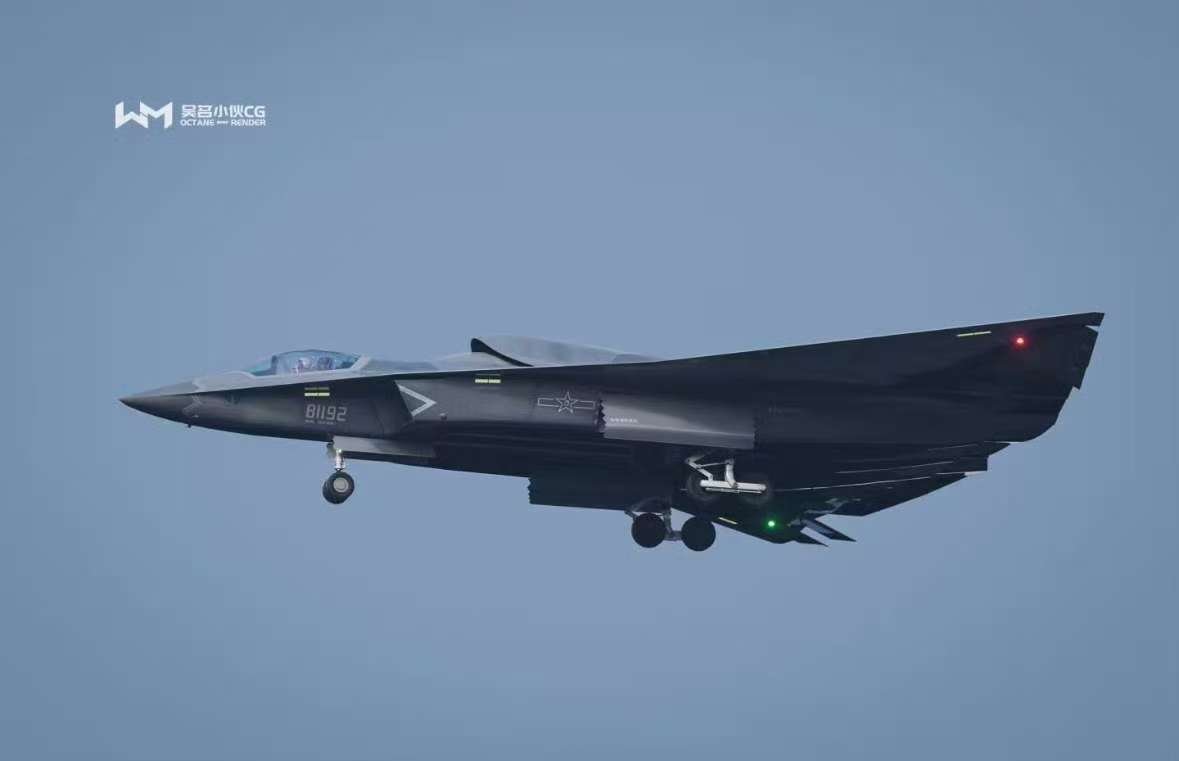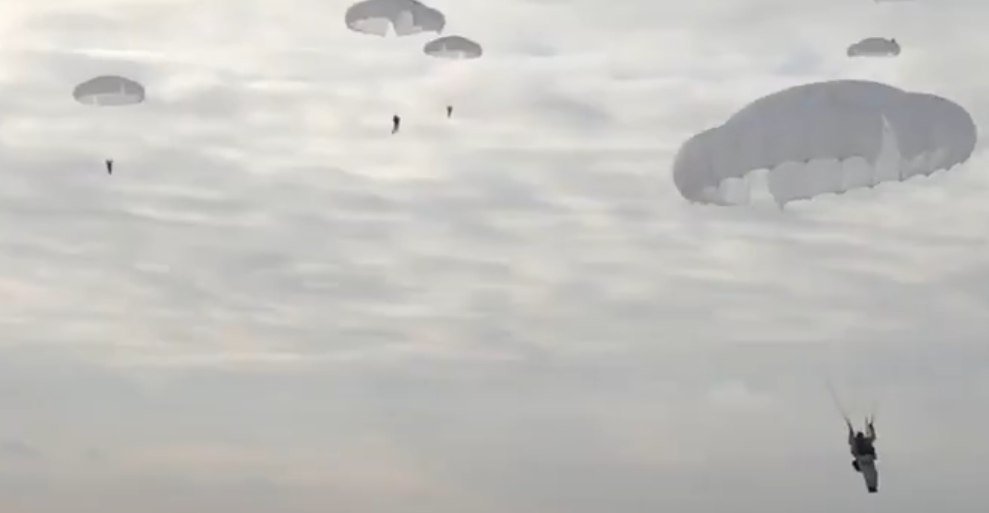
Video: World’s first 6th generation fighter jet makes third test flight in China
The latest combat aircraft has been spotted in the skies of China as it returns to the airfield at the end of another flight test. This new video of the landing of China’s promising sixth generation fighter jet, the J-36, caught the eye due to its missing tail, somewhat resembling a flying triangle. And while this is not the first footage of a descending fighter jet, the latest footage of it flying at low altitude over a highway with moving cars gives an approximate idea of its size. This is how it differs from previous videos.
Little is known about the characteristics of the new Chinese combat vehicle. There is evidence that the aircraft has stealth and increased range. One of its main non-standard design features is the presence of three engines. With this innovation, the creators of the aircraft achieved increased thrust and maneuverability. It is noteworthy that at the same time as the J-36, China is developing another version of the sixth-generation fighter. Photos of it are published on the Internet much less often. Therefore, experts disagree on how many flight tests of this machine were carried out – one or two. We are talking about the smaller J-50. It looks a little more “traditional” and has two engines instead of three. This aircraft also has a “tailless” design.
Older video of the J-36:
China tested a new generation radar system
The People’s Liberation Army fired 16 ballistic missiles at a single target in the Gobi Desert to test a new generation radar system designed to combat air attacks. The radar’s unique ability to continuously track 31 decoys while prioritizing seven selected real threats represents a significant leap in the country’s ability to protect its airspace. That’s how China describes the situation itself. This highest level of target recognition accuracy is crucial in modern warfare, where adversaries often use decoys and countermeasures to fool defenses.
In creating its latest radar system, China has taken into account the experience of using similar systems in other countries, including the United States. Last October, more than 30 Iranian ballistic missiles broke through Israeli air defenses, hitting the Nevatim air base and exposing weaknesses in even the most advanced missile defense systems. A similar scenario was repeated by China in a recent test. Despite its power, Israel’s US-backed Arrow system struggled to prioritize threats during an air strike, experts say. In comparison, the Chinese system not only tracks conventional ballistic missiles, but also identifies decoys.


Erik Simon


















